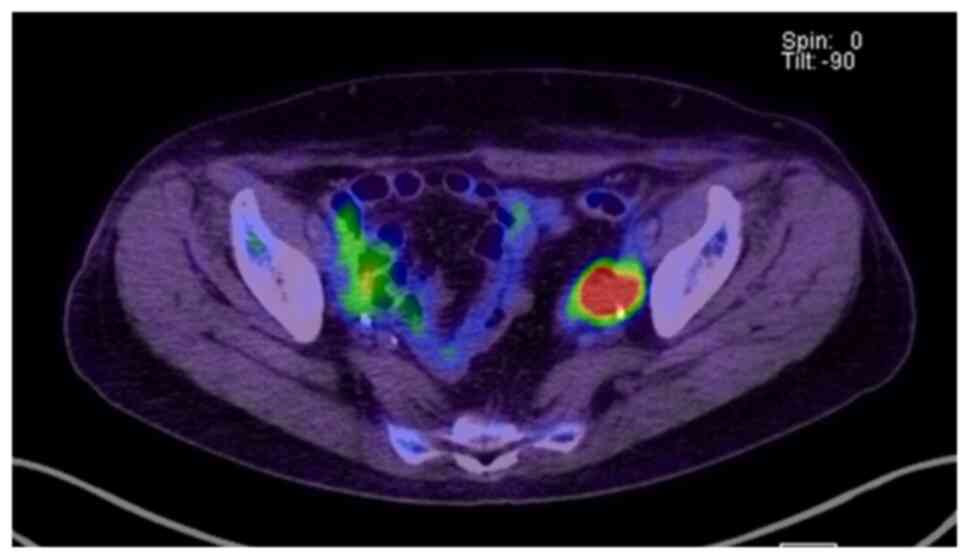Outcomes and patterns of recurrence of robot‑assisted or laparoscopic radical hysterectomy in early‑stage cervical cancer
- Authors:
- Published online on: March 20, 2025 https://doi.org/10.3892/mco.2025.2838
- Article Number: 43
Metrics:
Total
Views: 0 (Spandidos Publications: | PMC Statistics:
)
Total PDF Downloads: 0 (Spandidos Publications: | PMC Statistics:
)
Abstract
The present study aimed to evaluate the surgical outcomes and prognosis of minimally invasive surgery (MIS), including robot‑assisted radical hysterectomy (RARH) and laparoscopic radical hysterectomy (LRH), and open radical hysterectomy (ORH) for the treatment of early stage cervical cancer. A total of 43 patients were enrolled into the ORH group, 14 patients into the LRH group and 21 patients into the RARH group, and the patients were followed up for ≥3 years. Age, body mass index, International Federation of Gynecology and Obstetrics 2008 stage, histology, tumor size, lymphovascular space invasion, lymph node metastasis, number of dissected lymph nodes, operative duration, estimated blood loss, hospitalization duration and complications were reviewed. On follow‑up, 16.3% of relapses (7/43) and 11.6% of deaths (5/43) occurred in the ORH group. In the LRH group, 14.3% of patients relapsed (2/14) and no deaths were reported; however, in the RARH group, 33.3% of patients relapsed and 9.5% died (2/21). In patients treated with RARH, >50% of recurrences occurred in distant lesions because of metastasis. No significant difference was found in patient prognosis between the three groups. The difference in 3‑year recurrence between the MIS and ORH groups was not statistically significant (MIS vs. ORH, 74.3 vs. 83.7%; log‑rank P=0.253). In addition, there was no recurrence in patients with stage IB1 cervical cancer in the RARH group. LRH and RARH were superior to ORH with regard to surgical outcomes, such as estimated blood loss, and therefore may be considered a safe and feasible alternative to ORH. However, RARH would not be an appropriate surgical approach in patients with large tumors and parametrial invasion. In the future, the ideal indications for each surgical procedure should be reassessed, and the significance of the relationship between the difficulty of surgery, such as in cases of bulky tumor, parametrium invasion and vaginal invasion, and disease recurrence should be discussed. In conclusion, MIS could be safe and useful if proper case selection is performed.













